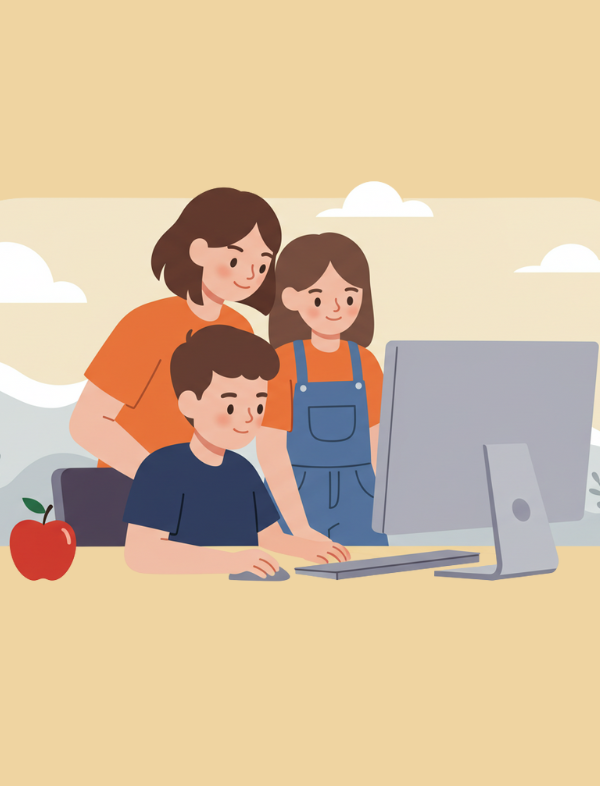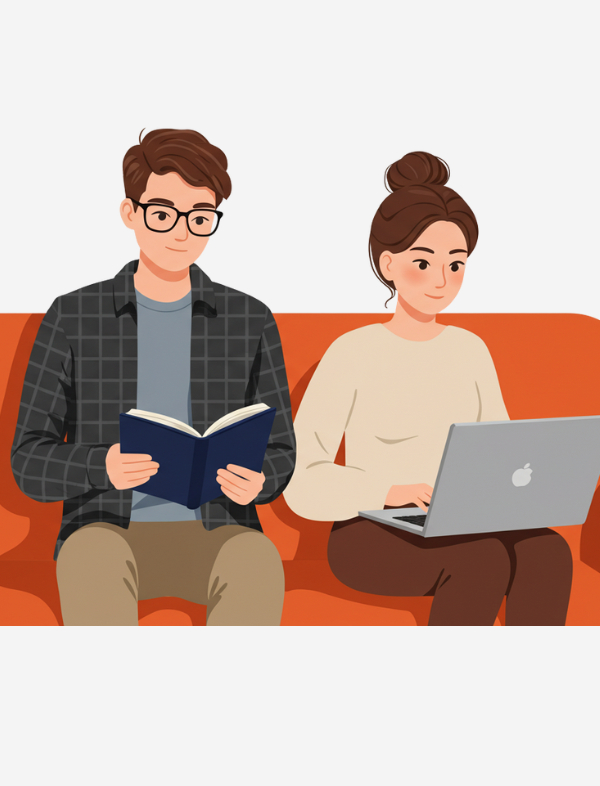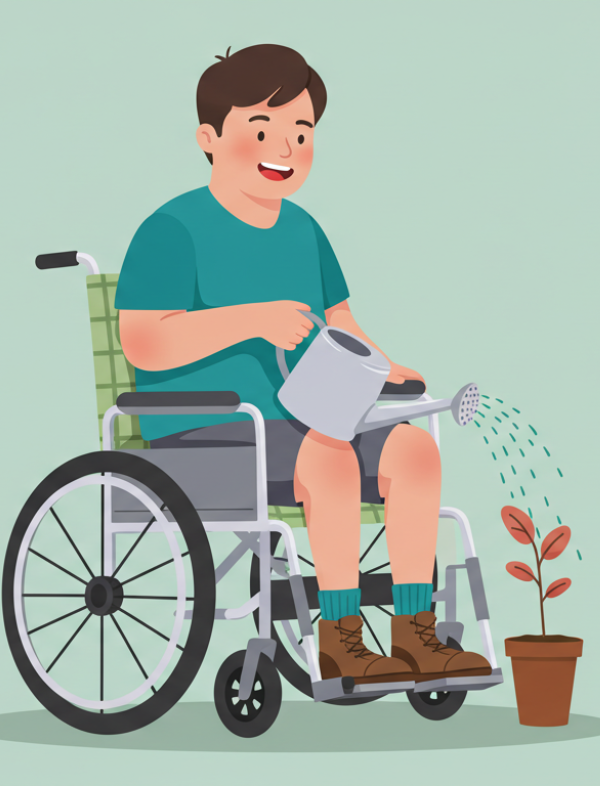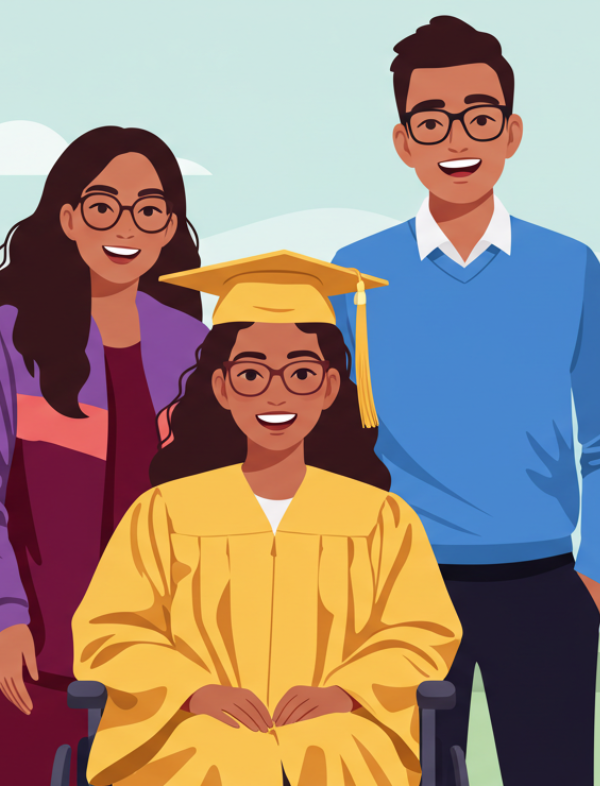Welcome to the
P2P Student Page!
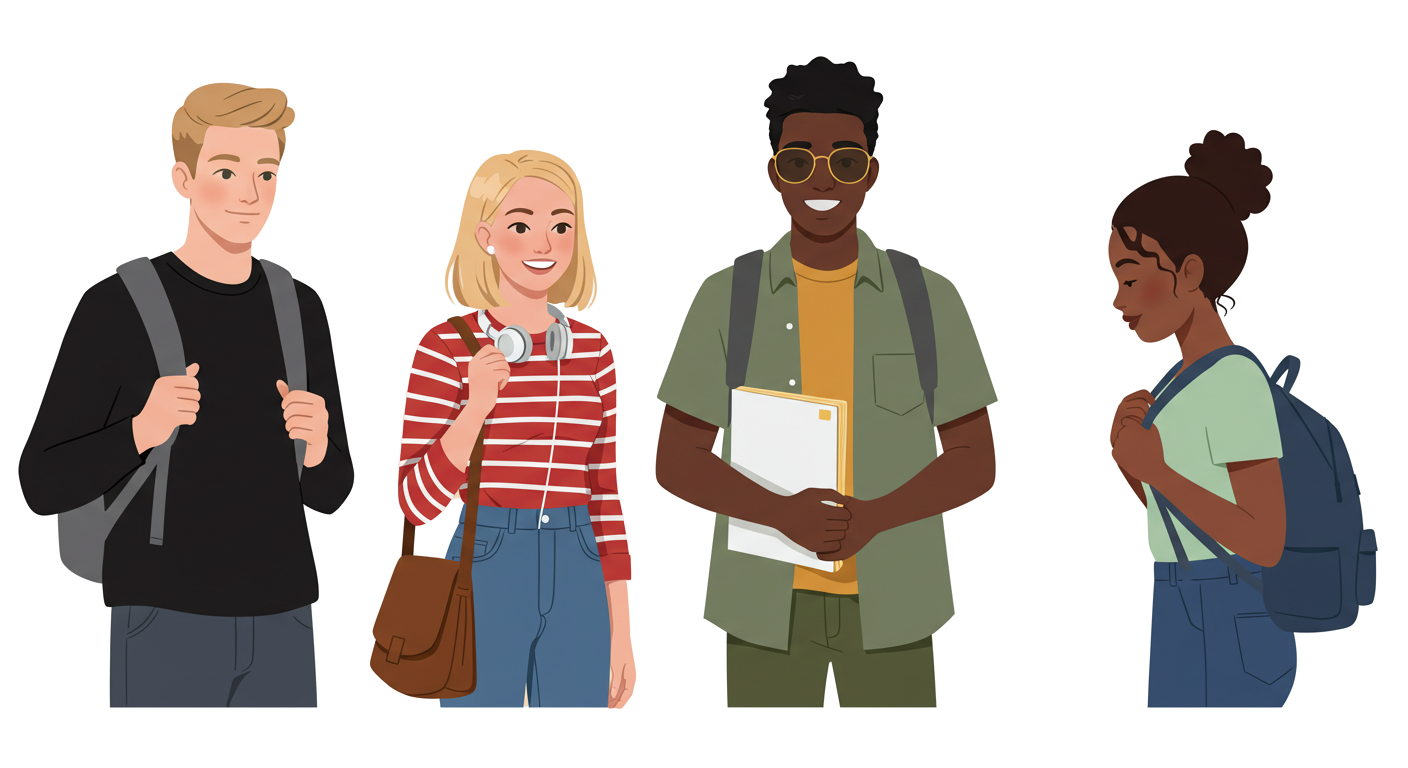
What is the Pathways to Partnerships (P2P) Project?
The P2P Project is a U.S. Federally funded grant that was awarded to the State of Vermont’s Division for the Blind and Visually Impaired (DBVI) to bring together a student’s (that’s you!) wide support network to help you create a plan for your life after high school. Community advocacy partners (organizations and people who help to make sure everyone gets treated fairly and have what they need to be happy and safe) have created trainings and activities for students and families to learn more about self-advocacy (standing up for what you believe in), independent living (having the power to make your own choices and do as much as you can, and want to, by yourself). You may also want to further your education or training or secure employment. It’s about designing and creating a plan for your life after high school, and this project helps you do that!
If you are between the ages of 10 and 24 and on a 504 or an IEP, you are eligible for any of the trainings or activities offered. Contact us to find out more at AHS.PathwaysToPartnershipsVT@vermont.gov
Find the enrollment form at this link. If you’d like a paper enrollment form you can email AHS.PathwaysToPartnershipsVT@vermont.gov or call 802-798-9975.
If you are under the age of 18, you’ll need to get a parent or guardian to sign the enrollment form.
Interested in what’s available for you to do?
Visit our P2P Partners Page to see!
If you have any questions, you can contact your transition support person at school, or email AHS.PathwaysToPartnershipsVT@vermont.gov!
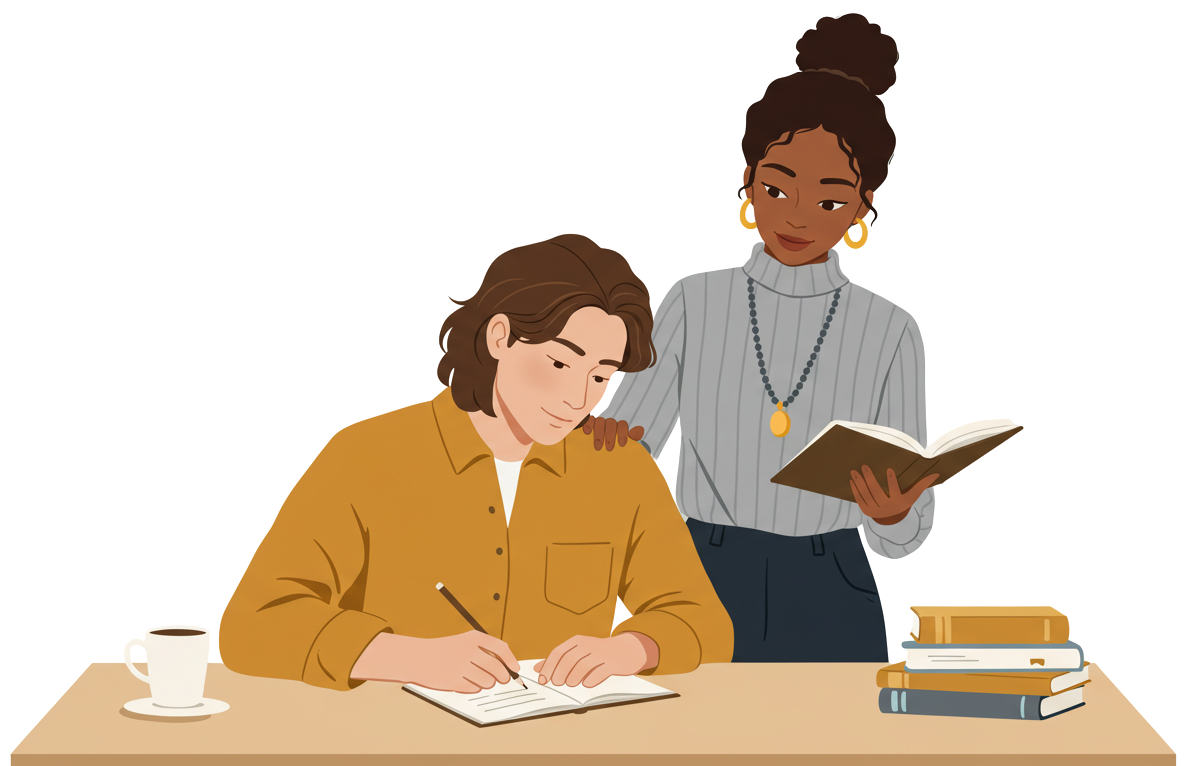
We look forward to seeing you around P2P!
Meet the school staff and other school professionals
Thoughts from other students:
What is one thing that has helped you gain more independence and confidence?
a. “An important thing that has moved me towards independence was a change in my living situation. By moving to Philadelphia for college, I was able to use public transportation to get around the city independently, and having an apartment that I could style and design with accessibility in mind, allowing me to stay independent at home.” ~ S.P.
b. “Learning JAWS and using a white cane, that made me more independent.” ~ A.B.
What is one thing you’d like to share with other students?
b. “How to advocate depending on what type of disability that you have.” ~ A.B.
What’s an example of a personal success?
a. “An example of personal success for me was small; setting up my accommodations letter my freshman year; setting up one-on-one meetings with all of my professors in order to better explain why I needed the accommodations listed, and to better explain my visual impairment.” S. P.
b. “Being involved in LEAP has provided work experience.” ~ A. B.
What’s a tip for more effective and engaging IEP meetings?
b. “Student lead meetings have more impact.” ~ A. B.

